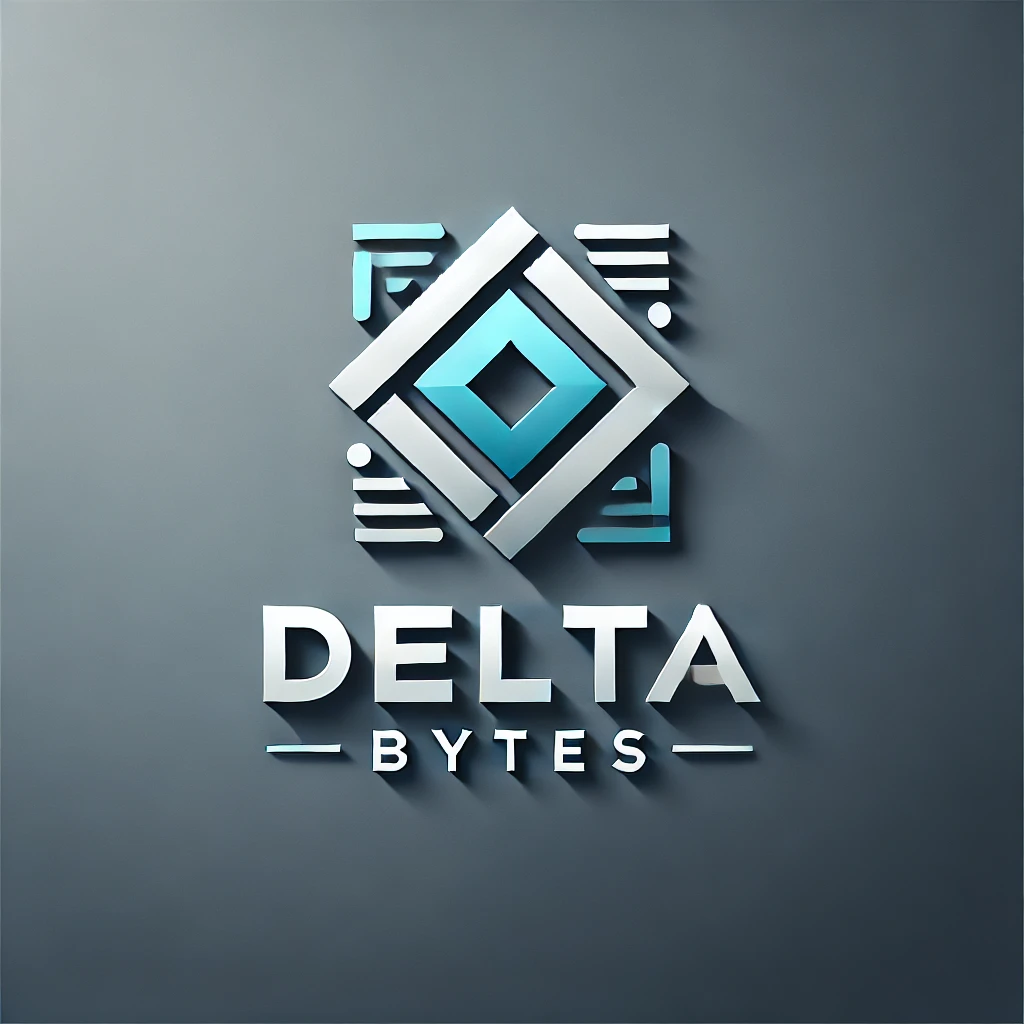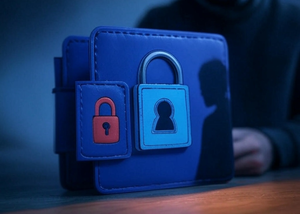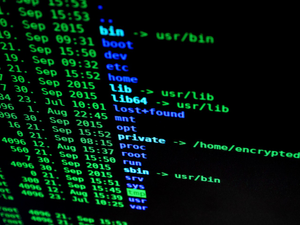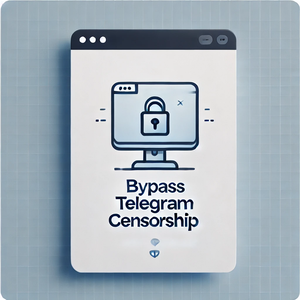
What is Multisig?
Cryptocurrency security has evolved significantly since Bitcoin’s inception, with multi-signature technology emerging as one of the most important innovations for protecting digital assets. Multisig offers enhanced security that goes beyond traditional single-key solutions, making it invaluable for individuals and organizations handling significant crypto holdings.
What Is a Multi-Signature Wallet?
A multi-signature (multisig) wallet is a cryptocurrency wallet that requires two or more private keys to authorize a transaction. Unlike standard wallets that need only one signature from a private key to complete a transaction, multisig wallets implement a more robust security model based on distributed control.
The concept follows a simple principle: instead of having a single point of failure, multisig creates a system where multiple approvals are needed before funds can be moved.
How Multisig Works
Multisig operates on what’s commonly described as an “M-of-N” signature scheme:
- N represents the total number of keys created
- M represents the minimum number of keys required to authorize a transaction
For example, in a 2-of-3 multisig setup:
- Three keys are generated in total
- Any two of these keys must approve for a transaction to proceed
When a transaction is initiated, it remains pending until it receives the required number of signatures. Only after collecting sufficient approvals will the transaction be broadcast to the blockchain network for processing.
Key Benefits of Multisig Wallets
Enhanced Security
The primary advantage of multisig is dramatically improved security. Even if one key is compromised through malware, phishing, or theft, attackers still can’t access the funds without additional keys. This creates a significant barrier against unauthorized access.
Elimination of Single Points of Failure
With traditional wallets, losing your private key or having it stolen means your funds are likely gone forever. Multisig mitigates this risk by distributing access across multiple keys, often stored in different physical locations.
Trustless Escrow Services
Multisig enables escrow functionality without requiring trust in a third party. For example, in a 2-of-3 setup involving a buyer, seller, and mediator, funds are only released when two parties agree, preventing unilateral actions.
Corporate Treasury Management
For businesses holding cryptocurrency, multisig provides governance controls similar to the multiple signatures required on corporate bank accounts. This prevents any single employee from having complete control over company funds.
Common Multisig Configurations
2-of-3 Multisig
This popular configuration creates three keys with two required for authorization. Typically:
- User keeps one key on their primary device
- A second key is stored as a cold backup (offline storage)
- The third key may be held by a trusted family member or service provider
This setup balances security with practical recovery options if one key is lost.
3-of-5 Multisig
Larger organizations often implement more complex arrangements like 3-of-5 multisig:
- Multiple executives or board members hold keys
- Requires broader consensus for fund movement
- Provides redundancy if key holders are unavailable
Custom Configurations
Advanced multisig implementations can use any M-of-N combination supported by the blockchain, with some platforms allowing setups like 5-of-7 or even more complex arrangements for specialized needs.
Blockchain Support for Multisig
Multisig capability varies across blockchain networks:
Bitcoin
Bitcoin has supported multisig from early in its development, initially through P2SH (Pay to Script Hash) addresses and later with more advanced implementations. The Bitcoin scripting language makes multisig relatively straightforward to implement.
Ethereum
Ethereum supports multisig through smart contracts. Projects like Gnosis Safe have created widely-used multisig wallet implementations that add features beyond basic multisig functionality, including daily spending limits and advanced access controls.
Other Networks
Most major blockchains now support some form of multisig functionality, either natively or through smart contract implementations.
Setting Up a Multisig Wallet
Setting up a multisig wallet typically involves these steps:
- Selecting a compatible wallet platform that supports multisig
- Generating the required number of private keys (often on separate devices)
- Creating the multisig address using public key information
- Testing the setup with a small transaction before transferring larger amounts
- Securely backing up all information needed to recover the wallet
Practical Considerations and Challenges
While multisig offers significant security benefits, it comes with trade-offs:
Complexity
Multisig wallets are inherently more complex than standard wallets. Users need to understand the technical aspects and maintain proper key management practices.
Coordination Requirements
Using multisig requires coordination between key holders to authorize transactions, which can introduce delays in time-sensitive situations.
Recovery Procedures
Restoring a multisig wallet is more involved than recovering a standard wallet. It requires access to wallet configuration details plus the minimum number of keys.
Real-World Applications
Multisig has found numerous practical applications:
Large Fund Storage
Institutional investors and cryptocurrency exchanges use multisig to secure large holdings against both external threats and insider risks.
Inheritance Planning
Multisig can be part of a cryptocurrency inheritance strategy, with keys distributed among family members, attorneys, and other trusted parties.
Business Operations
Companies conducting cryptocurrency transactions use multisig to ensure proper authorization controls for treasury management.
The Future of Multisig Technology
Multisig continues to evolve with innovations including:
- Social recovery options that combine traditional multisig with personal contact networks
- Integration with hardware security modules for enterprise-grade protection
- Threshold signature schemes that improve privacy and efficiency
Conclusion
Multi-signature technology represents one of cryptocurrency’s most significant security innovations, offering a practical solution to the challenges of digital asset protection. By requiring multiple approvals for transactions, multisig wallets drastically reduce risk without surrendering control to third parties.
For individuals holding substantial cryptocurrency assets and organizations managing digital treasuries, implementing a properly configured multisig solution provides a significant security upgrade compared to single-signature alternatives. As blockchain technology continues to mature, multisig will likely remain a cornerstone of cryptocurrency security best practices.















Comments